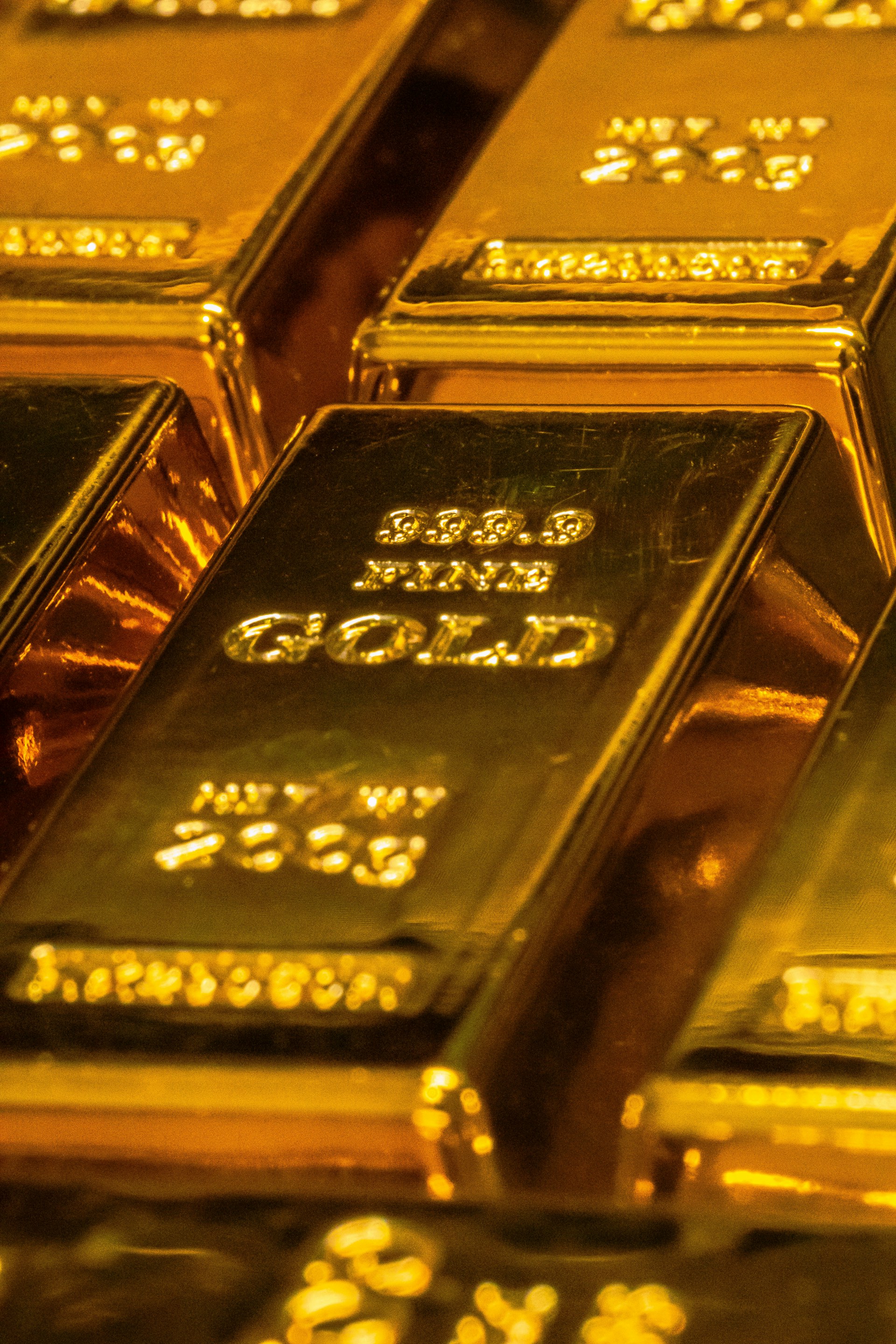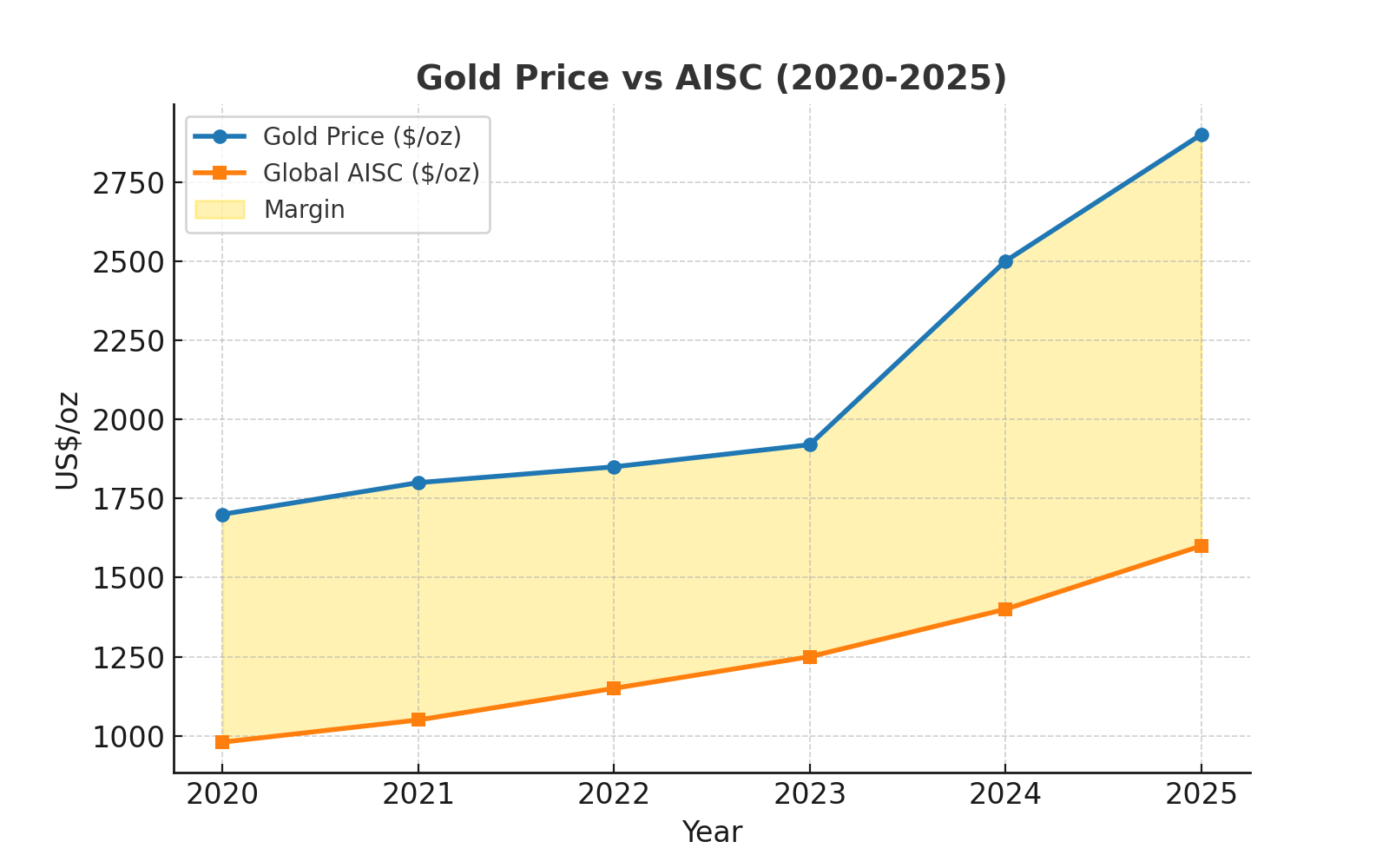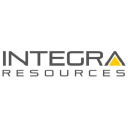Gold Stocks: The 2025 Portfolio Game-Changer

- Record central bank gold purchases, particularly from emerging markets seeking to diversify away from dollar-denominated reserves, are creating structural demand that provides a floor for gold prices while fiat currency debasement and escalating geopolitical tensions drive gold's monetary premium to multi-decade highs.
- The gold mining industry faces an increasingly challenging supply environment where major new discoveries are rare and expensive to develop, while existing mines confront declining grades and rising operational costs, creating a fundamental supply-demand imbalance that particularly benefits established producers and advanced development projects.
- Investors are demonstrating a clear preference for gold assets located in stable, mining-friendly jurisdictions such as Canada, the United States, and Australia over higher-risk regions, creating significant valuation premiums for Tier-1 jurisdiction miners while presenting development opportunities for quality projects in established mining districts.
- Advanced mining technologies including automated ore sorting, underground robotics, and sustainable processing methods are improving operational economics while meeting increasingly stringent institutional ESG requirements, particularly benefiting mid-tier producers with modern operations and strong environmental stewardship records.
- With gold trading at record highs above $2,900 per ounce, mining companies are shifting from growth-at-any-cost strategies toward disciplined capital allocation focused on generating shareholder returns through dividends and share buybacks while maintaining optionality on high-return expansion projects that can be developed when market conditions warrant additional investment.
Why Smart Money is Betting on Precious Metals in 2025
As gold prices soar to unprecedented heights above $2,900 per ounce, a new generation of investors is discovering what central banks have known for millennia: gold remains the ultimate store of value during times of monetary and geopolitical uncertainty. But today's gold investment landscape offers far more sophisticated opportunities than simply buying bullion and hoping for price appreciation.
From Canada's resource-rich provinces to Brazil's emerging mining districts, from Africa's established gold belts to the proven reserves of Nevada's Great Basin, a diverse array of gold mining companies are capitalizing on this precious metals supercycle while offering investors leveraged exposure to rising gold prices through operational excellence, technological innovation, and disciplined capital allocation.
The Macro Foundation: Why Gold Now?
The foundation of gold's current bull market rests on an unprecedented shift in central bank behavior. Emerging market central banks, led by China, Russia, and other nations seeking to diversify away from dollar-denominated reserves, purchased over 1,000 tonnes of gold in 2023 and have continued aggressive accumulation through 2024 and into 2025.
This institutional buying represents more than portfolio diversification—it signals a fundamental loss of confidence in the existing monetary system's stability. When the institutions responsible for managing national wealth turn to gold as a hedge against systemic risk, private investors take notice.
Monetary Policy at an Inflection Point
With global debt-to-GDP ratios at historic highs and inflation proving more persistent than policymakers anticipated, traditional monetary policy tools are losing effectiveness. The Federal Reserve's aggressive rate hiking cycle from 2022-2024 has given way to a more cautious approach, while the European Central Bank and Bank of Japan continue accommodative policies that debase their respective currencies.
This monetary policy divergence creates an environment where gold thrives as both an inflation hedge and a currency hedge, particularly as geopolitical tensions make the dollar's reserve currency status less certain than in previous decades.
Discovery Deficit & Peak Gold Production Challenges
The global gold mining industry faces a sobering reality: major new discoveries are becoming increasingly rare and expensive to develop. The low-hanging fruit of easily accessible, high-grade deposits has largely been picked over decades of intensive exploration and mining.

Companies like West Red Lake Gold Mines exemplify this challenge and opportunity. The Madsen Mine in Ontario's Red Lake district, which historically produced over 2 million ounces before closing in 1972, required significant capital investment and technological advancement to restart production in 2025. The project's success—delivering production of 65,000 ounces annually with an all-in sustaining cost (AISC) of $1,681 per ounce—demonstrates how modern mining techniques can breathe new life into historic assets.
Grade Decline & Rising Costs
Across the industry, average ore grades continue to decline as miners exhaust the richest portions of their deposits. This trend forces companies to process larger volumes of lower-grade ore to maintain production levels, inevitably increasing costs and energy consumption.
However, innovative companies are turning this challenge into a competitive advantage. Serabi Gold's operations in Brazil showcase how technological solutions like ore sorting can dramatically improve grade control. At their Palito Complex, an integrated ore sorter processes low-grade run-of-mine feed averaging 1.9 g/t gold and produces concentrate grading 9.9 g/t—a five-fold improvement that significantly reduces processing costs and environmental impact.
Canada as the Gold Standard Where Jurisdictional Quality Matters
Canadian gold projects continue to attract premium valuations due to the country's stable political environment, established mining code, and world-class geological potential. New Found Gold's Queensway Project in Newfoundland exemplifies this jurisdictional advantage, with their July 2025 Preliminary Economic Assessment (PEA) outlining after-tax net present value of C$743 million and an impressive 56% internal rate of return.
The company's phased development approach—starting with 700 tonnes per day toll milling before expanding to a 7,000 tpd on-site plant—minimizes initial capital requirements while maintaining optionality for expansion. With Newfoundland ranking in the top 10 globally for mining investment attractiveness, projects like Queensway benefit from streamlined permitting processes and strong community support.
United States: Domestic Production in Focus
Integra Resources represents the growing importance of domestic U.S. gold production amid increasing geopolitical tensions. The company's Florida Canyon Mine in Nevada produces 70-75,000 ounces annually, while their development-ready DeLamar Project in Idaho offers the potential for 136,000 gold-equivalent ounces per year over an eight-year mine life.
Recent policy developments, including Idaho's SPEED Act and federal executive orders promoting domestic mineral production, create tailwinds for U.S.-based gold miners. As supply chain security becomes a national priority, companies operating in the United States may benefit from preferential treatment and expedited permitting processes.
Emerging Markets: Risk & Reward in Equal Measure
While established mining jurisdictions offer stability, emerging markets can provide exceptional returns for investors willing to accept additional risks. Perseus Mining's multi-asset portfolio across West and East Africa demonstrates how operational excellence can generate substantial cash flows even in challenging jurisdictions.
The company's Yaouré Mine in Côte d'Ivoire delivered 262,239 ounces at an AISC of just $1,101 per ounce in fiscal year 2025, generating exceptional margins at current gold prices. Perseus has returned A$275 million to shareholders through dividends and buybacks while maintaining zero debt and building a cash position of $827 million.
Ore Sorting, Grade Control, and the New Competitive Edge
Advanced ore sorting technology is revolutionizing how gold miners process lower-grade deposits. By using X-ray transmission, optical sorting, and other sensor-based technologies, companies can reject waste material before it enters the mill, significantly reducing processing costs and environmental impact.
This technology proves particularly valuable for companies operating in remote locations where power costs are high and waste disposal is challenging. The ability to pre-concentrate ore at the mine site reduces transportation costs and allows smaller, more efficient processing plants.
Underground Automation
As surface deposits become exhausted, gold miners increasingly turn to underground operations, where automation and remote-controlled equipment improve both safety and productivity. Perseus Mining's CMA Underground development at Yaouré represents this trend, extending the mine's life to 2035 while accessing higher-grade ore bodies that were previously uneconomic.
ESG & Environmental Stewardship
Environmental, social, and governance (ESG) considerations have evolved from regulatory compliance issues to competitive advantages in attracting capital and securing social license to operate. Companies demonstrating genuine commitment to sustainable practices find it easier to access institutional capital and negotiate favorable financing terms.
Serabi Gold's approach to ESG in Brazil's Amazon region illustrates best practices in community engagement and environmental protection. The company achieves carbon intensity of just 0.53 tCO₂e per ounce—well below the industry average of 0.90—through efficient operations, renewable energy use, and elimination of conventional tailings dams through dry-stack technology.
Community Relations & Social License
Modern gold mining requires more than technical expertise and financial resources; it demands genuine partnership with local communities and indigenous groups. Companies that invest in education, healthcare, infrastructure, and economic development create lasting relationships that protect their operations and enable expansion.
This social license to operate becomes particularly valuable during commodity downturns or regulatory changes, when companies with strong community relationships can maintain operations while competitors face shutdowns or delays.
Investment Strategies: Positioning for the Gold Supercycle

Investors seeking gold exposure through mining equities must carefully consider their risk tolerance and investment timeline. Established producers like Perseus Mining offer immediate cash flow generation and dividend potential, while development-stage companies like New Found Gold provide leveraged exposure to gold prices with higher potential returns but greater execution risk.
The current environment favors companies with existing production and proven management teams, as access to capital remains challenging for purely exploration-focused ventures. However, advanced-stage development projects in tier-one jurisdictions continue to attract strategic investment and potential acquisition interest from major producers seeking to replace depleted reserves.
The Consolidation Wave
The gold mining industry appears poised for another wave of consolidation as major producers seek to acquire high-quality assets rather than develop greenfield projects. This trend creates opportunities for shareholders of mid-tier producers with attractive assets in stable jurisdictions.
Companies with market capitalizations between $500 million and $3 billion often represent prime acquisition targets, particularly when trading below net asset value despite having operational assets and development pipelines. The premium valuations commanded by recent transactions suggest this trend will accelerate through 2025 and beyond.
Understanding Operational, Technical, & Market Risk
Gold mining remains an inherently risky business, with projects subject to cost overruns, production shortfalls, and technical challenges. Even established operations face ongoing risks from equipment failures, labor disputes, weather events, and regulatory changes. Investors must carefully evaluate management track records, technical studies, and financial projections while maintaining appropriate position sizing to manage company-specific risks. Diversification across multiple companies, jurisdictions, and development stages can help mitigate these operational risks.
Mining companies operate at the discretion of host governments, making them vulnerable to changes in taxation, environmental regulations, and political stability. Recent resource nationalism trends in various countries highlight the importance of jurisdictional selection and government relations. While established mining jurisdictions like Canada, Australia, and parts of the United States offer greater regulatory stability, they may also impose higher operating costs and more stringent environmental requirements that can affect project economics.
Market Outlook: Price Projections & Catalysts for Continued Strength
Multiple factors support continued strength in gold prices through 2025 and beyond. Central bank buying shows no signs of abating, while geopolitical tensions in Eastern Europe, the Middle East, and East Asia create ongoing demand for safe-haven assets.
Technical analysis suggests gold prices could reach $3,500-4,000 per ounce if current trends continue, driven by dollar weakness, inflation concerns, and supply constraints. Such price levels would generate exceptional margins for low-cost producers while potentially bringing marginal projects into economic viability.
The Investment Thesis for Gold
- Diversify into mid-cap producers if gold rises above $3,000/oz. Companies like Perseus Mining and West Red Lake Gold offer operational leverage with lower execution risk than developers.
- Prioritize Tier-1 jurisdictions for 70% of gold allocation. Focus on Canadian, US, and Australian assets to minimize political risk while maintaining upside exposure.
- Target companies with AISC below $1,400/oz at current reserves. This approach ensures profitable operations even if gold retreats to the $2,200-2,400 range.
- Consider 15-20% allocation to advanced developers in stable jurisdictions. Projects like New Found Gold's Queensway offer 2-3x return potential with manageable risks.
- Maintain exposure to dividend-paying producers for income generation. Companies like Perseus provide 4-6% yields while participating in gold price appreciation.
- Use gold mining ETFs for initial exposure, individual stocks for targeted alpha. GDX/GDXJ provide sector exposure, while individual names offer company-specific catalysts.
The convergence of favorable macro conditions, supply constraints, technological advancement, and disciplined capital allocation creates an compelling investment case for gold mining equities. Companies that combine operational excellence with strategic positioning in stable jurisdictions offer leveraged exposure to rising gold prices while generating sustainable cash flows and shareholder returns.
As central banks continue accumulating gold reserves and geopolitical tensions support safe-haven demand, the precious metals supercycle appears poised to continue well beyond 2025. For investors seeking portfolio diversification, inflation protection, and exposure to one of humanity's most enduring stores of value, the current gold mining landscape offers unprecedented opportunities across the risk spectrum.
The key to success lies in careful selection of companies with proven assets, experienced management, and strategic positions in the global gold value chain. As this analysis demonstrates, today's gold mining sector offers far more than simple commodity exposure—it provides access to well-managed businesses capitalizing on one of the most compelling macro trends of our time.
Analyst's Notes




Subscribe to Our Channel
Stay Informed







































